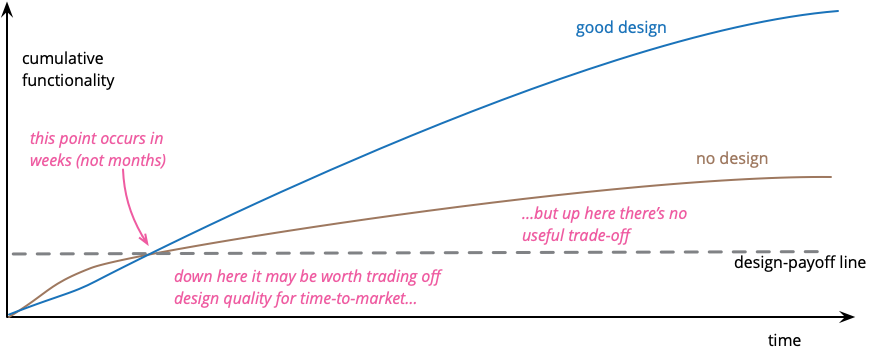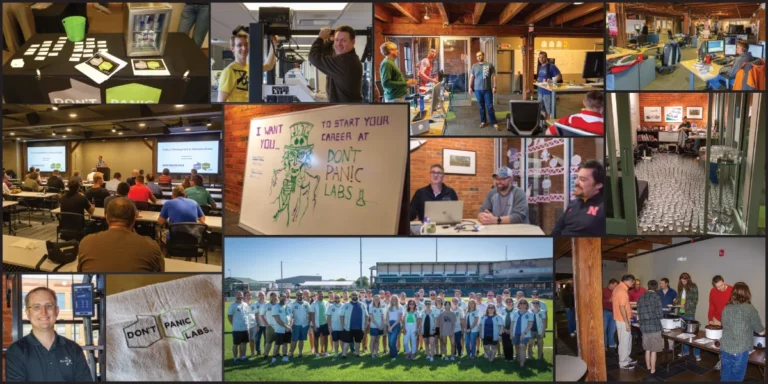Our team has a storied history of developing complex software products that provide sustainable business agility while also solving difficult problems.
When we say “business agility,” we mean designing software that encapsulates change and sets your company or product up for scalable growth.
We expect to uncover new insights along the way, so we architect solutions that quickly adapt.

How we do it
Crucible of Learning
The experience gained from the numerous products we have undertaken through the years has shaped our approach to new products and startups. We have utilized this knowledge to refine our problem-solving methods and discover the most effective strategies.
Always have a plan
Contrary to some popular beliefs, you can be innovative when you have a plan. The right kind of plan increases agility, enables you to react appropriately to change, and maximizes your efforts within the constraints of your project.
Design for Change
Requirements will consistently change in form and in priority, so we use iterative/Agile approaches for development and releases. It is also why we design our systems to allow for change to occur.
Layered approach to quality
There is no one software practice that will find every bug. That is why we employ a layered approach to quality that includes automated unit/integration testing, code reviews, pair programming, etc.
Individual Accountability
Hierarchy and bureaucracy are rarely beneficial in creative endeavors, which is why we promote accountability and decision-making at both the individual and team levels.
Proven Patterns & Designs
Few problems require novel solutions. That is why we strive to adopt proven patterns and designs whenever possible. We develop from first principles when absolutely necessary.
Diverse Expertise
Technologies and Processes
Processes
- Build upon SOLID design principles
- Leverage service-oriented design
- Volatility-based decomposition
- Test-driven development to minimize bugs and maximize throughput
- Rapid prototyping of UI/UX
- Software Engineering Body of Knowledge (SWEBOK)
- Funability
- Project Design
- Detail Design
Web
- Angular
- React
- Vue
- Bootstrap
Mobile
- Ionic
- Swift
- Kotlin
Desktop
- Electron
- WPF
- WinForms
Platforms
- Microsoft .NET / C#
- ASP.NET
- TypeScript
- Node
- Microsoft SQL Server
- PostgreSQL
- MongoDB
Artificial Intelligence
- Azure AI Search
- Azure AI Services
- ChatGPT
- Computer Vision
- Llama
- Machine Learning
Cloud and Hosting
- Microsoft Azure
- Amazon Web Services (AWS)
- On-Premise
15 Years of Better Software
We were purpose-built to accelerate and reduce the risk of software product startups. Our belief that good software design is essential for product stability and extensibility has been proven time and again.
A lot has changed since we were founded in 2010. However, one thing that has NOT changed is the benefit of having the right processes in place.
While “moving fast and breaking things” has been a popular approach in our industry, it accumulates large amounts of technical debt, slows future development, and leads to expensive and time-consuming rework. Having a consistent design identity ensures your software product will grow and adapt alongside your startup or organization.
Martin Fowler’s “Design Stamina Hypothesis” provides a compelling argument for the benefits of prioritizing good design. He introduces the concept of a “design payoff line,” where the advantages of good design become apparent as a project progresses.
In other words, projects that prioritize design not only maintain consistent productivity but eventually outperform those that do not.



